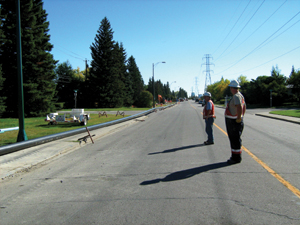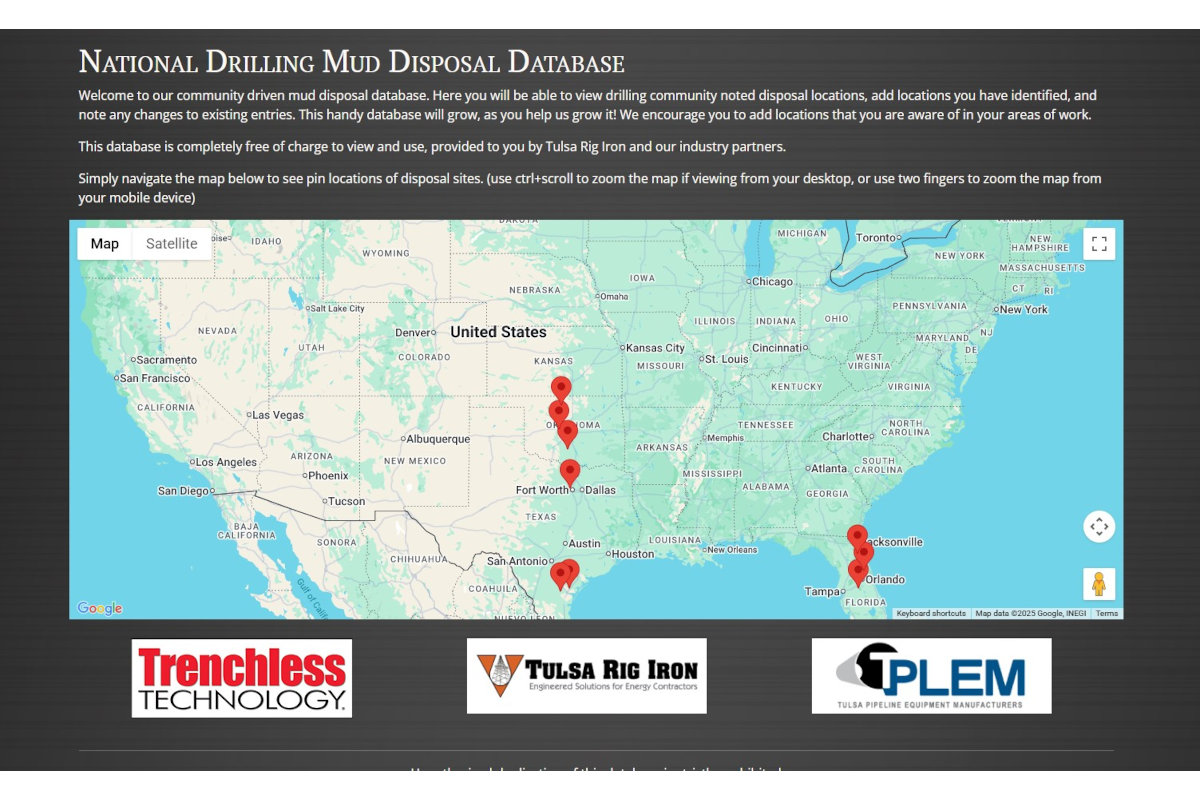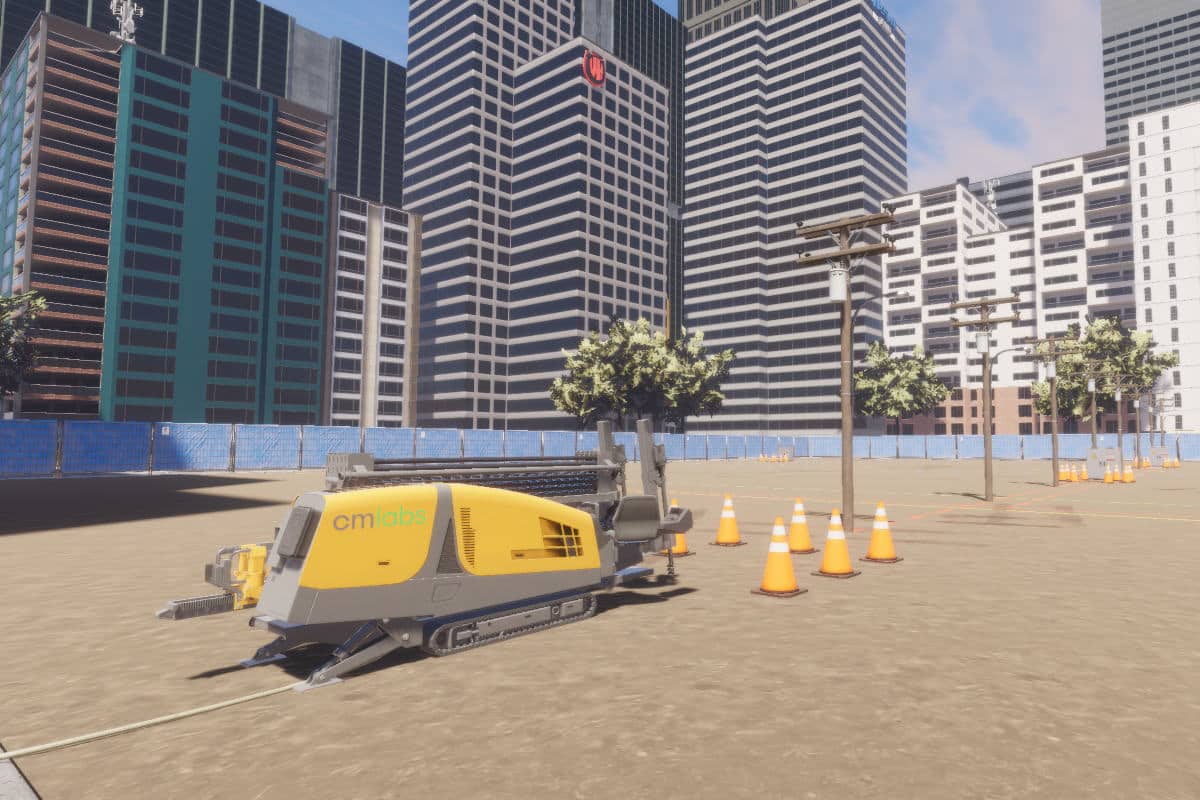Calgary Water Project
 Rehabilitation is necessary in order to prevent water main breaks, sewer spills and other environmental problems associated with deteriorating infrastructure. Preventing these types of events through rehabilitation benefits both the health of residents and the environment.
Rehabilitation is necessary in order to prevent water main breaks, sewer spills and other environmental problems associated with deteriorating infrastructure. Preventing these types of events through rehabilitation benefits both the health of residents and the environment.
However, sometimes benefits to infrastructure can also benefit the bottom line of your rehabilitation project. Take, for example, a recent installation in Calgary, Alberta, Canada, utilizing the PolyFlex product developed by Insituform Technologies Inc. The PolyFlex liner is a high-density polyethylene lining system that provides a structural solution, prevents water loss and improves flow.
The job involved almost 4,000 ft of 12-in water main. The cast iron water main that was in need of rehabilitation had been installed more than 50 years ago in 1956. Recent inspections using eddy current analysis indicated significant deterioration. Although there have not been a substantial number of breaks in the past, it was determined that replacing the water main would help to prevent future water main breaks and allow uninterrupted service to the highly valued residential area.
However, there were 149 spruce trees directly on top of the water main valued by the City of Calgary at $717,000 CAD. Traditional dig-and-replace methods would have required cutting down the trees, which are valued not only for their price, but also their environmental significance. If dug up, the Parks Department of the City of Calgary would charge $30,000 CAD for each displaced tree, not to mention complaints from citizens about the eyesore caused by the disruption.
The PolyFlex product is a pressurized pipe solution suitable for the rehabilitation of pipes in normal diameter ranges from 4 to 16 in. The rehabilitation system is offered by Insituform Blue, a division of Insituform Technologies Inc. It produces a continuous, close-fitting or tight-fitting structural or semi-structural solution with pressure ratings of 150 psi or greater. A PolyFlex system also provides rapid installation, is NSF-certified for potable water and eliminates internal corrosion. The PolyFlex solution utilizes high-performance polyethylene, such as PE 100 or PE 4710, and significantly minimizes disruption in comparison with traditional dig-and-replace solutions.
PE 100 or PE 4170 pipe is the preferred material for PolyFlex projects. It offers improved performance properties including long-term pressure rating, tensile strength and toughness. It offers all the benefits of PE 80 or PE 3408, such as flexibility, while providing improved resistance to damage, cracking and crack propagation.
Installation
Minimal excavation is required to install the product and to remove any existing fittings. The polyethylene pipe selected for the project is welded into one full-length section. The welded pipe is propelled through a roller reduction machine to create a reduction in diameter that’s between 10 and 20 percent of the original host pipe’s diameter. The polyethylene liner is then inserted into the host pipe. Once the liner is in place, it is allowed to revert to the design diameter using pressurized cold water. The liner is cut to length and all end and intermediate connections are installed using standard fused or mechanical fittings. The completed line is then pressure-tested, disinfected and returned to service. Access points are backfilled and reinstated.
Insituform Technologies Inc. has years of proven experience with high-density polyethylene solutions within the oil and gas and mining industries, having rehabilitated more than 8,000 miles of industrial pipelines with products similar to the PolyFlex.
Calgary’s Solution
The City had rehabilitated water pipe with other Insituform Blue products in the past, including the Thermopipe and PolyFold trenchless water renewal products. However, the City evaluated five separate options for the repair and rehabilitation of Spruce Drive in order to determine the best possible solution. These options included doing nothing, replacing the main, using a short-term cathodic protection program, installing a new main on the opposite side of the street to avoid the trees or rehabilitating using Insituform Blue’s high-density polyethylene lining system to provide a structural solution.
Costs, both monetary and social, that the City considered included:
• $30,000 CAD for each displaced tree
• $10,000 CAD to dig and repair for each future water main break
• Random breaks might inadvertently harm the trees
• Disruption to water service and traffic from construction
• Killing the trees would affect the attractiveness of the community and upset members of the public
During evaluation, a number of conclusions were made regarding each option. Doing nothing would lead to a number of water main breaks in the future, possibly costing the city tens of thousands each year. Replacement of the main would mean paying for the destruction of the trees. A cathodic program would have provided the lowest cost, but would only extend the useful life of the pipeline by 15 years. Creating a new main in the roadway would save all the trees in question, but the “cross-tie” mains across the road would require additional work. This also meant that 4,000 ft of pipe would have to be installed all at once, resulting in a higher capital cost. The final option using the PolyFlex system would save the spruce trees and provide an extension of at least 50 years on the life of the transmission main.
When costs and social impacts of repair and replacement, breaks, trees and disruption were compiled for each option, the City’s engineers broke down their options (see chart).
The City of Calgary chose the Insituform Blue trenchless pipe renewal process in an effort to avoid the removal and replacement of a number of spruce trees along the 4,000-ft water main. Although the cost of Option 3 was lower than the PolyFlex product, it was decided that 15 years of added design life was not an acceptable solution. The use of trenchless methods made it possible to save the spruce trees.
Capital construction coordinator for the City of Calgary Mike Luck had this to say about the trees: “These trees are among some of the most mature spruce trees in Calgary and are an important part of the local community.”
At completion of the project, the city and its residents appreciated the lack of disruption and the conservation of the valuable trees.
The TT staff edited this article from material supplied by Insituform Technologies Inc.





